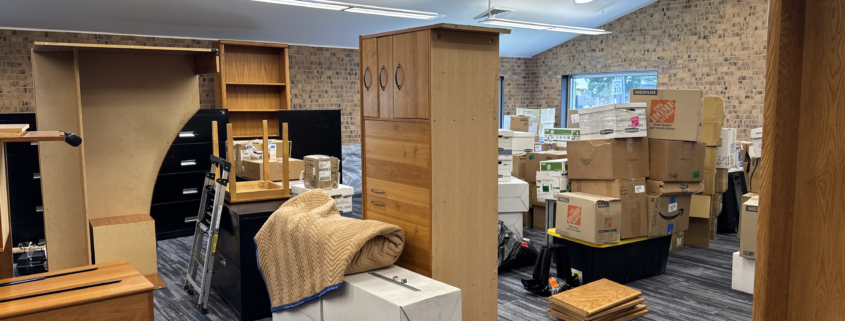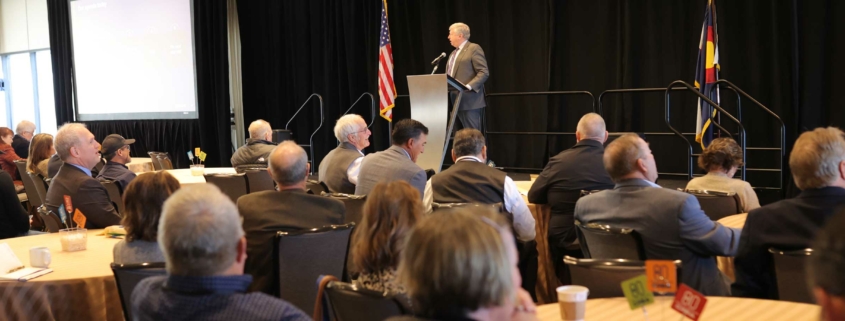It’s Been a Great Ride!
Shortly after taking over the reins as CREA’s Executive Director in January 2010, I came across a book called Cowboy Ethics: What Wall Street Can Learn from the Code of the West.
While Colorado is a long way from Wall Street, I’ve found that the principles embodied in the Code of the West are applicable everywhere, and I’ve tried my best to conduct myself in accordance with those principles.
Live each day with courage. You will be doubted. You will be challenged. You will fall. When you do, the only answer is to get back up, dust yourself off, and get after it again.
Take pride in your work. My parents used to tell me that the world didn’t owe me a living and that I would have to work for everything I got. Whether it was my first job painting houses or my last job leading CREA, I’ve always tried to add something of value to the world by doing that job the best I could.
Always finish what you start. I played a small role in obtaining permits for a transmission line that Tri-State built in western Colorado. From conception to construction, the project took about 15 years; lots of great co-op leaders were determined to finish what they started, and the project got built.
Do what has to be done. My tenure at CREA sometimes involved telling legislators, respectfully, that their bills were not helpful to electric co-ops. Those were not always comfortable conversations, but they were necessary to protect the independence of
co-op decision-making.
Be tough but fair. You hear a lot these days about how employees from certain generations can’t take criticism. I don’t think that’s true; they can take criticism and will respond to it so long as it’s fair, constructive, and accurate.” “When you make a promise, keep it. I cut my professional teeth working as a staff attorney for the Colorado legislature during a time when it was simply unthinkable for any member to go back on their promise regarding a vote or anything else. I’ve never forgotten that example.
Ride for the brand. Several of my best mentors in this job have been cattle ranchers. Enough said.
Talk less and say more. With apologies to the author of the Code of the West, I would change this one slightly: talk less and listen better.
Remember that some things aren’t for sale. Loyalty. Self-respect. Dignity. Oh, and my 1965 Willie Mays baseball card.
Know where to draw the line. While some things are negotiable, many are not. You know where your line is; don’t step over it.
It has been the honor and privilege of my professional life to lead a terrific team of employees at CREA in our efforts to support Colorado’s electric co-ops. I am so grateful to have played a part in the Colorado co-op success story and to have so many friends in the co-op family. I have also been incredibly blessed to have my wife Deb by my side for this amazing ride.
Here’s hoping you all have a colorful Colorado co-op Christmas!”
Kent Singer is the executive director of CREA and offers a statewide perspective on issues affecting electric cooperatives. CREA is the trade association for 21 Colorado electric distribution co-ops and one power supply co-op.


 2025
2025 2025
2025 Derek Mann/ iStock / Getty Images Plus via Getty Images
Derek Mann/ iStock / Getty Images Plus via Getty Images 2025
2025